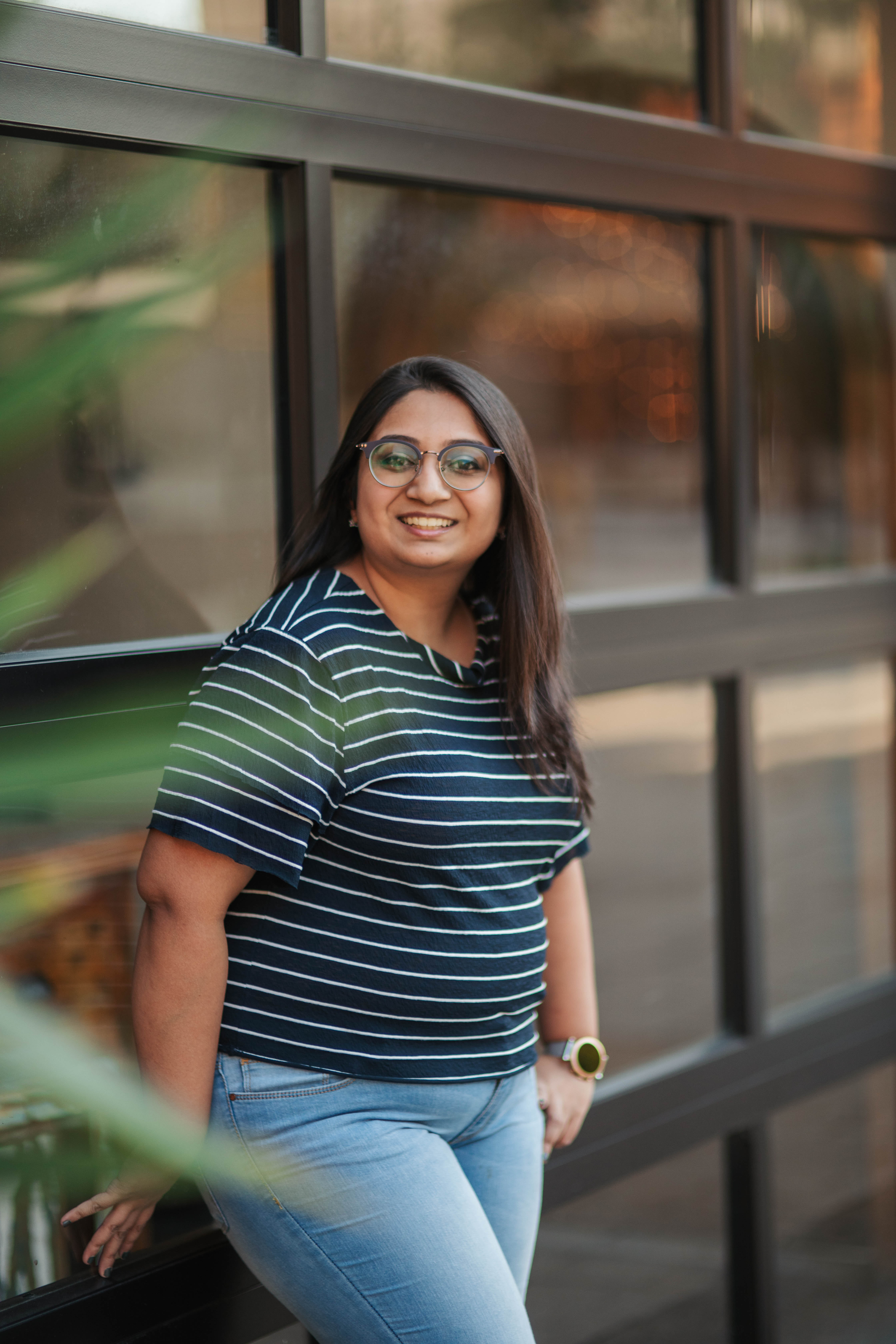Portfolio
Spotify Listening Habit Analysis:
Skills: Tableau, Python, Data Visualization, Data Analysis, Data Story-telling
Project Overview:
This dashboard illustrates a comprehensive view of a Spotify listener’s musical journey from 2019 to 2024. Using Python for data cleaning and preprocessing, the dataset was meticulously refined to ensure accuracy in visualization. Tableau served as the tool for crafting this interactive dashboard, which elegantly presents the user’s listening patterns. The “Top Artist” section showcases a horizontal bar graph with the user’s most-listened artists, with BTS leading, followed by Stray Kids and SEVENTEEN, indicating a strong preference for K-pop. The “Genres” bubble chart reveals a dominance of K-pop, K-rap, and pop, reflecting the varied yet specific music genres enjoyed by the user. “Listenership by Month” displays a monthly trend analysis of the user’s listening habits over the years with a bar chart, providing insights into the fluctuating engagement. The “Listenership by Hour on Shuffle” is a shaded area graph highlighting the times of day when the user is most likely to listen to music on shuffle, peaking in the evening. This project represents a personalized analysis of music consumption, offering the user an introspective look at their musical preferences and how they have evolved over time. The combination of Python’s powerful data manipulation capabilities and Tableau’s sophisticated visualization tools makes this dashboard not only informative but also visually appealing.
Music Generation with Machine Learning:
Skills: Machine Learning Algorithms, Generative Models, Data Science, Python
Project Overview:
This project explores music generation using techniques like Recurrent Neural Networks (RNNs) and Convolutional Neural Networks (CNNs). Leveraging Python, Keras, and TensorFlow, neural networks are trained on a dataset of MIDI files of classical piano compositions to generate new musical compositions. The project preprocesses the MIDI data, encoding musical features like pitch, duration, and velocity into numerical representations for training. RNNs like LSTMs and GRUs learn temporal patterns and sequences in music, while CNNs capture local patterns and features. You can listen to the music generated by the trained models on SoundCloud. The GitHub repository contains a Jupyter Notebook that guides through data preparation, model architecture design, training, and evaluation. Techniques like gradient descent algorithms, regularization, dropout, and early stopping are employed for efficient training and generalization.
